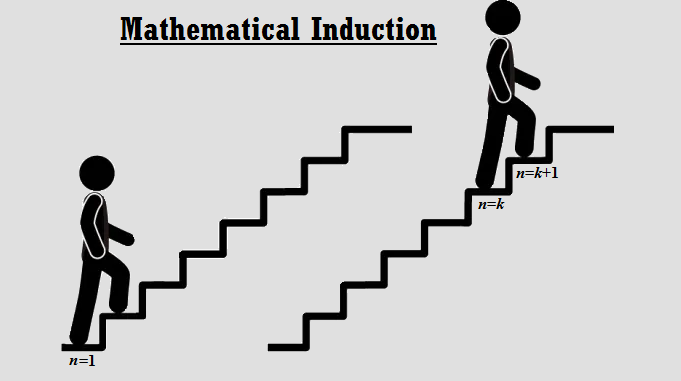
Prove Summation Identities using Mathematical Induction examples with solutions
Question 1:
Prove the following statement by the principle of mathematical induction:
, n ∈ N.
Solution:
We can write,
Step 1:
We first show that the basis for induction P(1) is true, that is, P(n) is true for .
Left Side = 1,
Right Side .
Both sides of the statement are equal for . Hence, P(1) is true, that is, P(n) is true for
.
Step 2:
Assume that P(k) is true for some natural number k, that is,
We need to prove that P(k +1) is also true.
Because P(k) is true, so we have,
Add to both sides:
.
That is, we get
.
Thus, P(k +1) is true whenever P(k) is true.
Therefore, from the principle of mathematical induction, the statement:
is true for all natural number n.
Question 2:
Prove the following statement by the principle of mathematical induction:
, n ∈ N.
Solution:
We can write,
Step 1:
We first show that the basis for induction P(1) is true, that is, P(n) is true for .
Left Side ,
Right Side .
Both sides of the statement are equal for . Hence, P(1) is true, that is, P(n) is true for
.
Step 2:
Assume that P(k) is true for some natural number k, that is,
We need to prove that P(k +1) is also true.
Because P(k) is true, so we have,
Add to both sides:
.
That is, we get
.
Thus, P(k +1) is true whenever P(k) is true.
Therefore, from the principle of mathematical induction, the statement:
is true for all natural number n.
Tags: mathematical induction examples with solutions, prove summation identities by induction
Copyrighted Material © 2019 - 2024 Prinsli.com - All rights reserved
All content on this website is copyrighted. It is prohibited to copy, publish or distribute the content and images of this website through any website, book, newspaper, software, videos, YouTube Channel or any other medium without written permission. You are not authorized to alter, obscure or remove any proprietary information, copyright or logo from this Website in any way. If any of these rules are violated, it will be strongly protested and legal action will be taken.


Be the first to comment